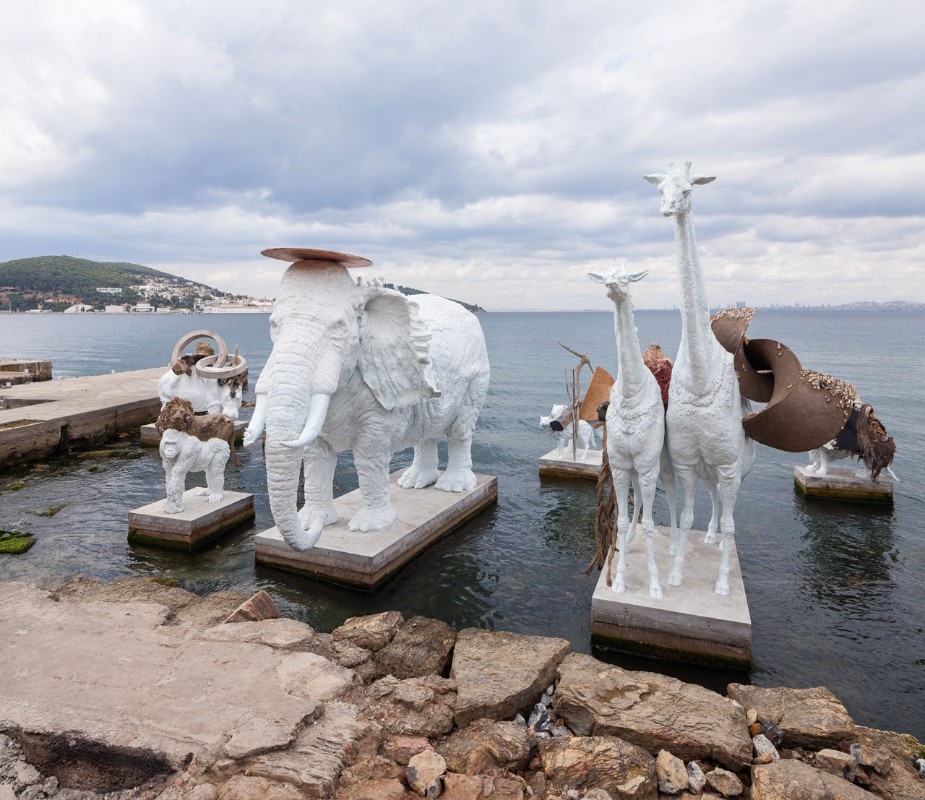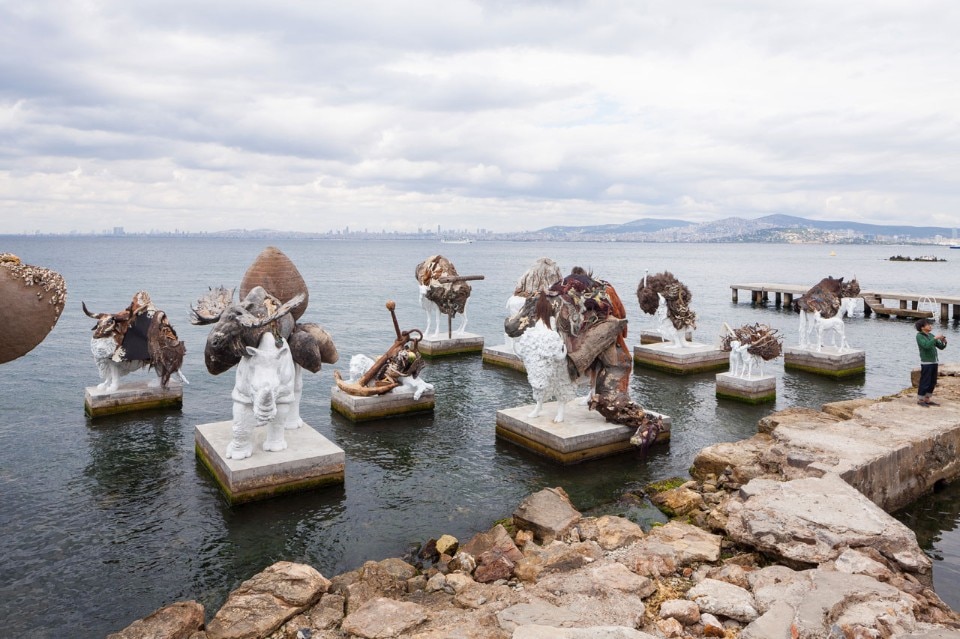
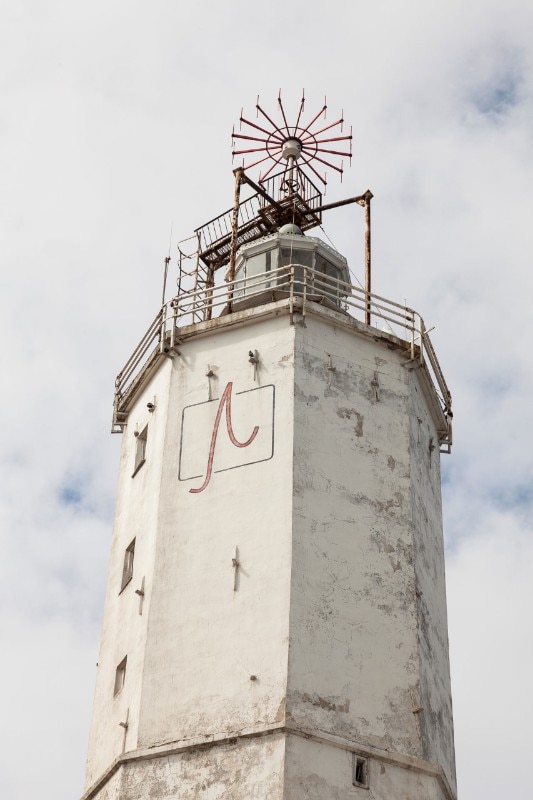
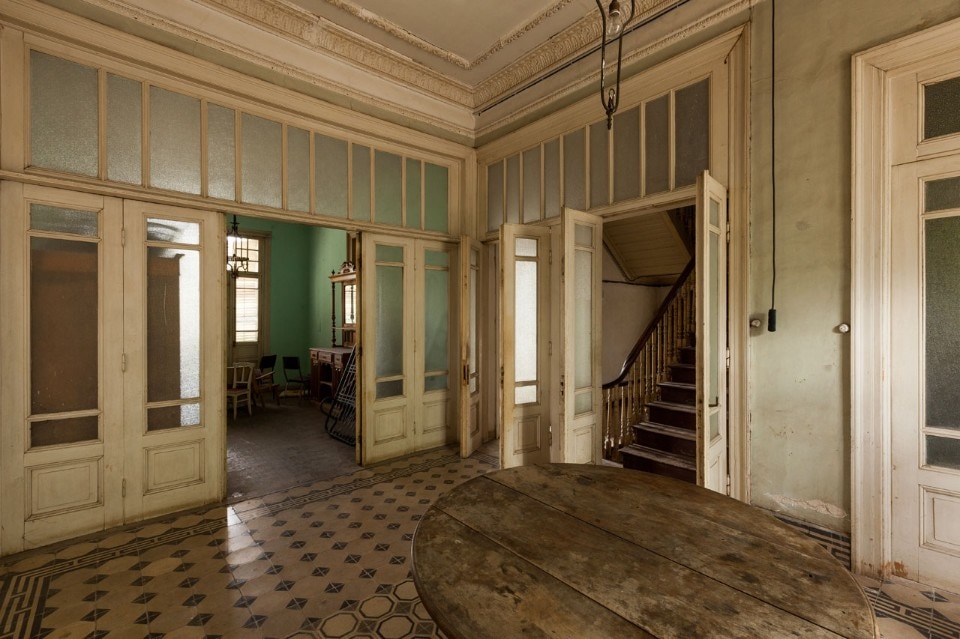
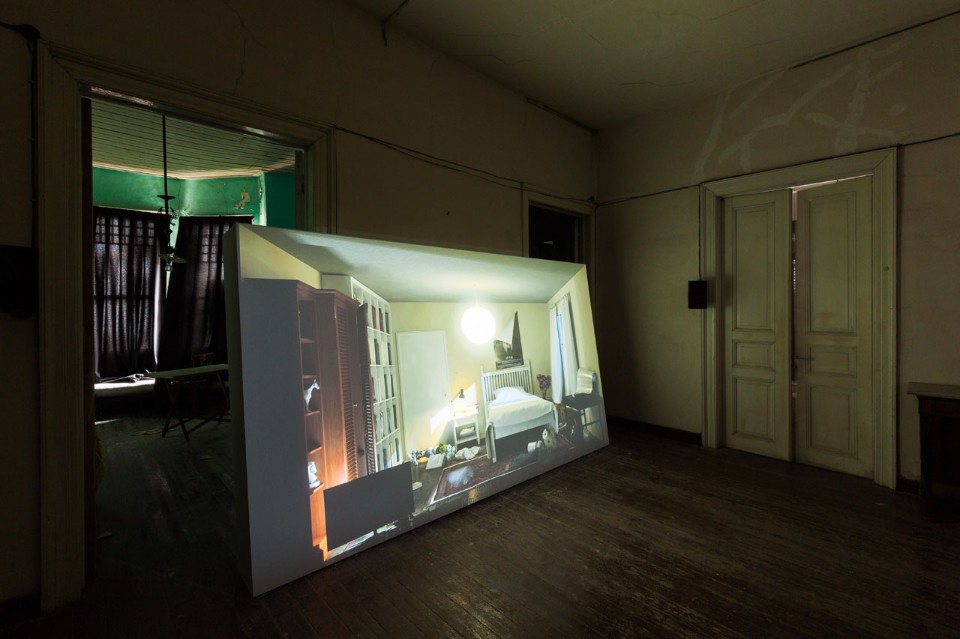
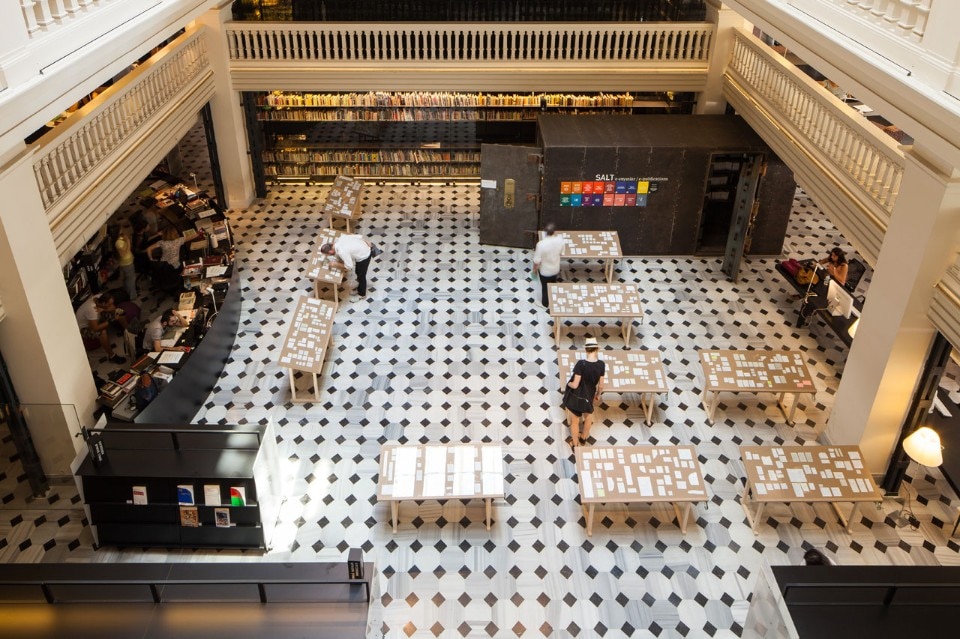
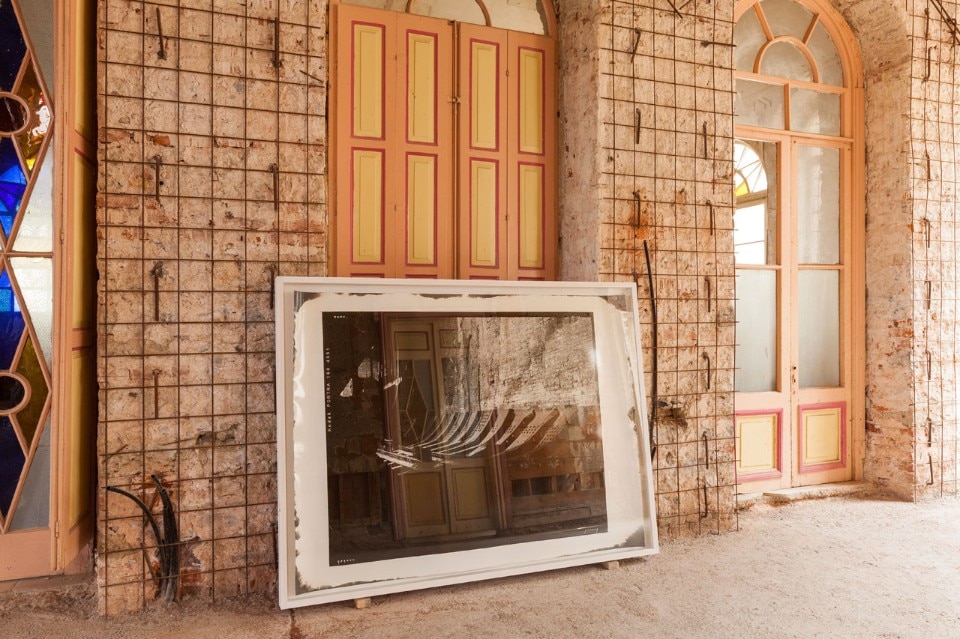
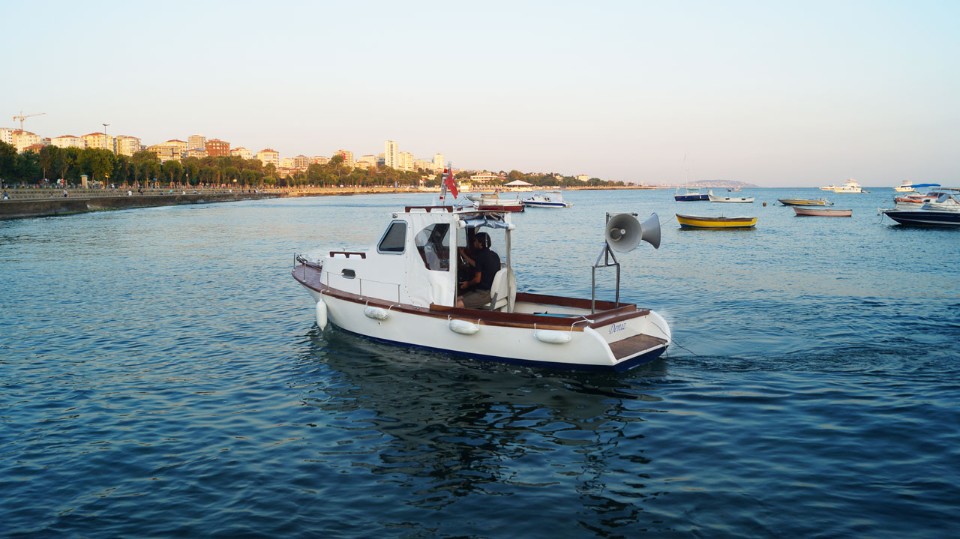
Gripping and poetic is Francis Alÿs’ The Silence of Ani set amid the ruins of Ani, once a flourishing Armenian city; children play with birdcalls as if they could take them back to a life that is no more. “Saltwater. A Theory of Thought Forms” is a stimulating and pithy exhibition and it is also worth leafing through the lovely catalogue designed by LeftLoft.
The fact remains that extremely serious things are happening in the world today, and the Mediterranean in particular. The news coming from all over leaves no doubts as to the seismic proportions of today’s migratory phenomenon, with waves of fugitives being driven to the coasts of Europe by wars, extreme poverty and environmental displacement. This was not unforeseeable, as the phenomenon has been underway for decades. Take just one example: no Italian will have forgotten the shocking image of a ship overloaded with thousands of Albanians who crossed the Adriatic to the coast of Brindisi back in 1991. That image incontrovertibly conveyed the reality of a mass exodus destined to expand, along with its baggage of exploitation and horror.
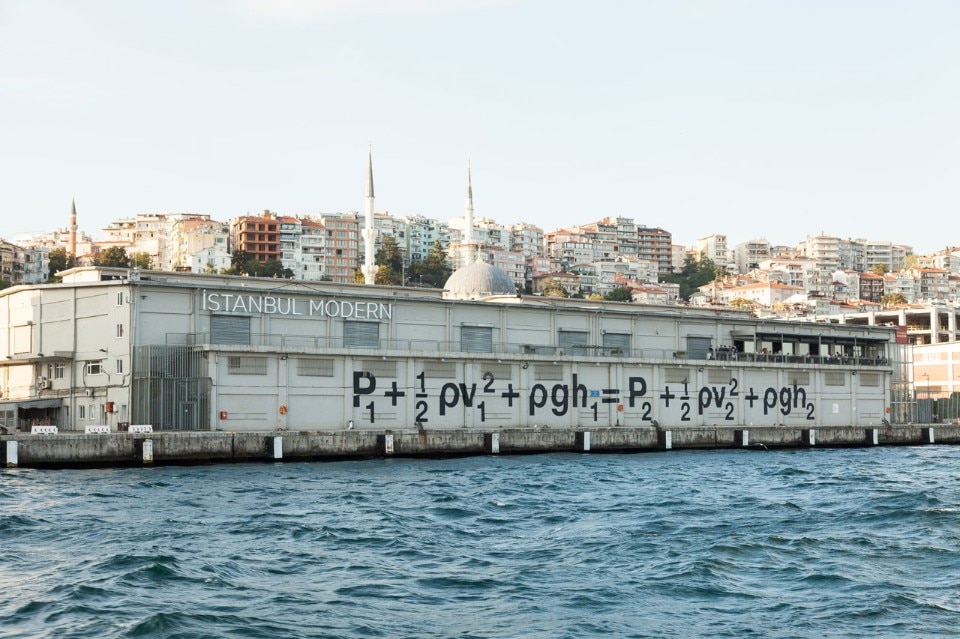
until 1° November 2015
Saltwater – 14. Istanbul Biennial

